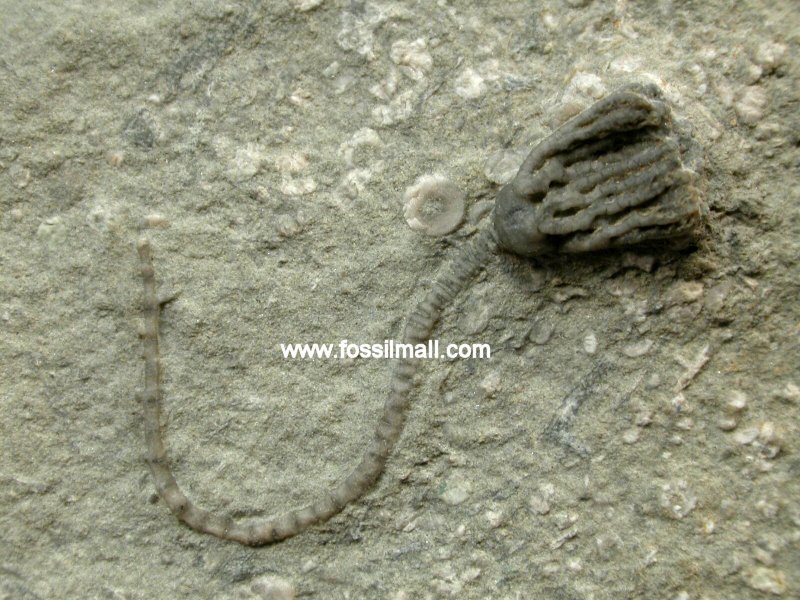What is the point?
One of the things that surfaced, and hit the 'pass on or discard' pile was a set of small thimble sized glass holders for long thin 1/4 inch diameter candles.
This is what they sparked:
 Artist's impression of fossil criniods
Artist's impression of fossil criniodsloading from the Illinois State Geological Survey web site Guide for Beginning Fossil Hunters

Platycrinites niotensis - Diminutive Crawfordsville Crinoid
Loading from 'Famous Crawfordsville Crinoids' on the Fossil Mall web site
Loading from 'Famous Crawfordsville Crinoids' on the Fossil Mall web site
A big influence was also some unique limestone pieces I had picked up just off the ferry dock at Port Bay Mouth on Manitoulin Island two years back. The soft stone bears half circular wear patterns, which makes the stone appear sand blasted and full of one inch diameter pits. I had been considering making some smaller sculptural pieces using these stones as bases.
With the monthly OABA meeting coming up, I was also thinking about something I could make that would make some kind of statement about forge work. In this case, applying the concept of 'total reforging the stock' to the *smallest* stock sizes practical. An illustration of 'its not about power - its about control'.
And this is what I came up with:
The completed sculpture sits about 12 inches tall. The three arms are forged from 1/4 inch square stock, although no part of the original profile remains. The metal work has the original forge scale surface covered with a clear lacquer coating, giving it a dark 'wet' looking appearance.
I'm extremely pleased with this piece (virtually the only completed object to come out of the forge in two months!) It will fit with the current 'Hallucigenia' series (objects inspired by the Burgess Shale).
But here's the other thing...

Forge work is notoriously difficult to shoot images of. The material is extremely dark, so on almost any background, the surface washes out by the contrast. If you use a flash, you get crisp edges, but at the cost of severe shadows. Almost always the shadows (which of course you can not see *before* you make the image) end up almost as dark as the lines of the metalwork. With luck you can use these to effect. If you opt for the softer natural light, you almost always end up with a slightly fuzzy image due to long exposure times.
Which of the three do *you* prefer?
And in a related matter - time use in the artisan's workshop.
Forging the elements took about two hours.
Mounting the glass and applying the coating, other finishing, took another hour.
So 'three hours' to create.
Shooting the images, converting them, researching and writing this piece?
Two hours.






















2 comments:
Handheld, available light. Fewer shadows, brighter contrasts (I like the processing colour better, too).
Arnora
My Preference is "Hand held with available light"
You could also use the flash for the hard lines and then "photoshop" it so that you remove the background then apply it on to a seamless graded background. Would only take another hour or two.
Nice piece. Here is proof that not all forge work has to be large to be interesting.
Post a Comment